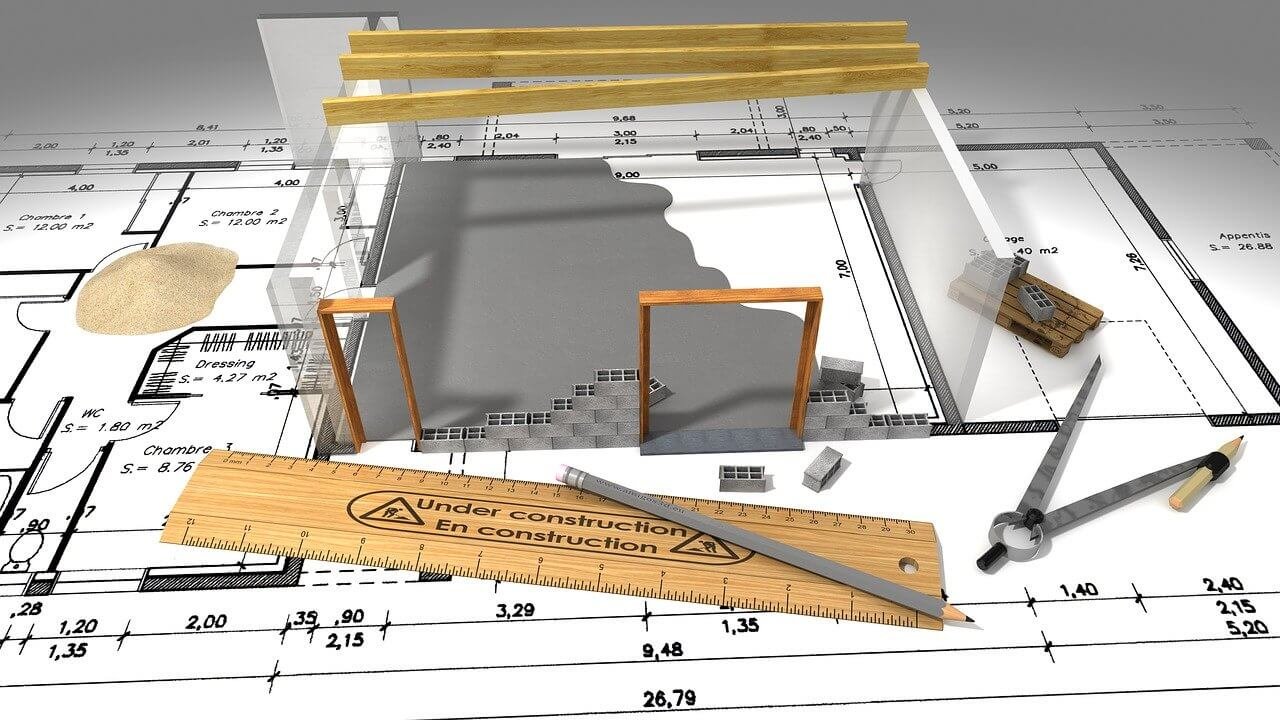As we live in a highly urbanized world, and it will keep developing further. By 2050, more than 75 percent or 6.1 billion people will live in cities. By 2100, that figure is projected to jump to an effing 84 percent, in fast-developing countries. If this trend keeps rising it will create great challenges to existing cities and the cities should take steps now to future-proof themselves.
While our cities have been engines of growth for centuries, the current generation has a historic opportunity to make this growth more sustainable and inclusive. Sustainable, smart cities are at the heart of all conversations about the rising demand for cooling and rapid urbanizations. Extreme weather and prolonged heatwaves set records and drive a previously unseen demand for cooling.

The growing need for global trend: the rising need for cooling comfort, air conditioners (ACs). The use of energy for cooling is now the fastest-growing use of energy in buildings. By 2050, cooling demand could be three times the demand now, specified by International Energy Agency (IEA).
Cities can act to future-proof themselves to reap economic and social benefits and environmental benefits including integrated urban planning, sustainable transportation systems, water and waste management, and new sources of energy. To respond to these challenges, an integrated multidisciplinary approach is needed. These cities are vulnerable by nature and design, have generated one of the biggest challenges that humankind has to face.
Following are some future-proofing strategies:
- Promoting wellness: Cities shall be designed to create a lifestyle that promotes wellness over and above economic factors. Safer streets, a cleaner environment, and secure places for working and living.
- Build on appropriate sites: Cities must consider disaster risk assessment when developing communities and building sites to prevent or minimize danger to the health and well-being of people.
- Integrated development: Creating a green city that balances working and living areas that are integrated with green spaces and neighborhood centers for social interaction.
- Develop green open spaces: Cities of the future invest in an integrated system of green open spaces and public spaces that help in improving liveability, support vibrant life, promote community life and decrease the heat island effect.
- Conserving water: Water being one of the valuable resources, must be used efficiently. Collecting, reusing and returning water back to the environment is necessary.
- Establishing green standards: Cities must be constantly monitored using building technology standards that are regularly updated to cover all typologies of building types and developments.
- Developing resilience: Automated warning systems in a built infrastructure protects the city from events like earthquakes and protect a city from obsolescence.
- Sustainable transport: Providing fast, cheap and clean public transport in a city’s development is a major factor in future-proofing cities. Efficient transport systems promote good health and also saves energy.
Globally, such rapid transformations are often eye-catching, but it is the cities that ate investing in a sustainable future and laying the groundwork for ongoing success, that deserves recognition. Future-proofing cities ensure a positive, long-term momentum to manage technological change, infrastructure contributing to a high quality of life and a long-term city vision.

How future-proof is your city?
Technology, a driving force: In an increasingly digital world, technological prowess is a key contributor to a city’s success. Jobs and businesses of the future will be created in cities having an ecosystem to nurture the innovative start-ups and scale-ups.
Ability to support sustainable growth: Future-proof cities are agile, having the strategy and infrastructure to adapt to population growth while maintaining a high quality of life.
Does your cities:
- have global trends like climate change, migration or shifts in demography increasingly need a local response?
- have technological innovations help you to create smarter cities- but the pace of innovation is incompatible with traditional urban developments?
- have digital transformation changes for organizations, economies and personal lives, that a city needs for actively reshaping it?
These kinds of innovative, smart solutions, require collaboration and a collective mindset. All technologies exist today but are utilized in smaller amounts. Collaborations will not only help to future-proof cities but also bring together stakeholders across the cities. As technology changes the way people live and work, cities undergo an unprecedented transformation. Today 3 million people are migrating to cities every week, hoping for better opportunities and a better life. These urban migrants are going to need houses to live, places to wok and environment to sustain.
The challenges of preparing for the future do not only stop at providing new infrastructure for incoming populations but are also important for boosting urban communities. In 2030, 2050 and 2100, the cities will be different from today, they will be transformed, their demographic composition might have changed and their use of technology in day-to-day life might have broadened the scope.
All the world’s cities, large and small, are set for continued growth and future-proofing strategies for accommodating the global boom in urban populations. Some short-term momentum offers opportunities for the long-term success of a city that is important for businesses and residents residing.



